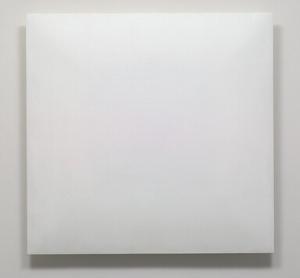Robert Walter Irwin
Robert Walter Irwin;Robert Irwin
Place: Long Beach
Born: 1928
Death: 2023
Biography:
Robert Walter Irwin (September 12, 1928 – October 25, 2023) was an American installation artist who explored perception and the conditional in art, often through site-specific, architectural interventions that alter the physical, sensory and temporal experience of space. Irwin began his career as a painter in the 1950s, but in the 1960s shifted to installations that were characterized by their minimalism and their use of light and space. He was a key figure in the development of the Light and Space movement, a variety of West Coast Minimalist art that was concerned with the experiential and perceptual aspects of art. Irwin's work often involved the use of natural light and the manipulation of space to create immersive environments that encouraged viewers to engage with their surroundings in new and unexpected ways. He was also known for his use of industrial materials, such as scrims, fluorescent lights, and aluminum, to create sculptural installations that were both minimalist and monumental. Irwin's work has been exhibited in numerous solo and group exhibitions, and is held in the collections of major museums, including the Museum of Modern Art in New York, the Whitney Museum of American Art, and the Los Angeles County Museum of Art. He has received numerous awards and honors, including a Guggenheim Fellowship, a National Endowment for the Arts Fellowship, and the prestigious MacArthur Fellowship.

